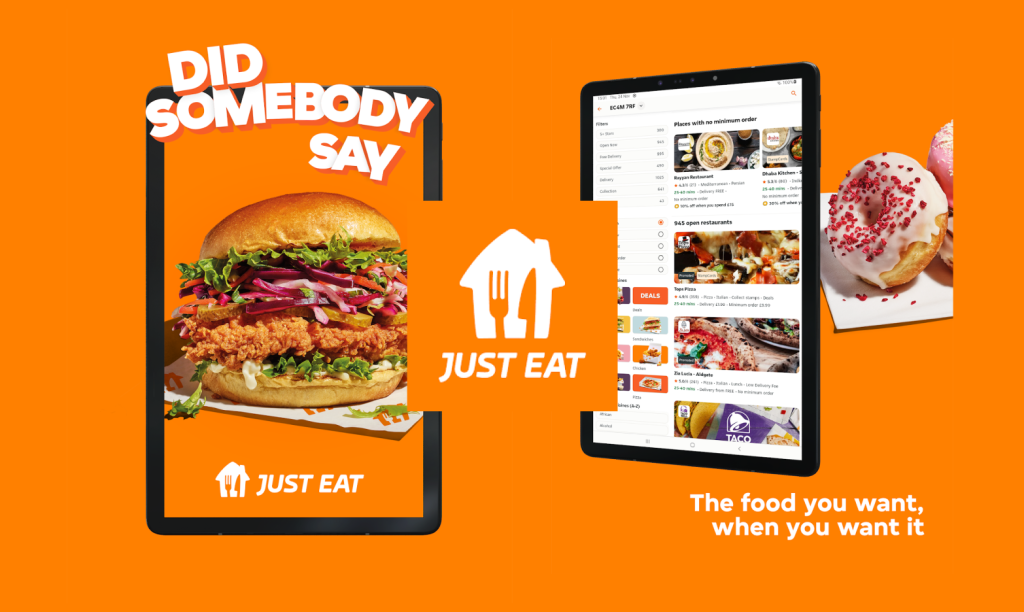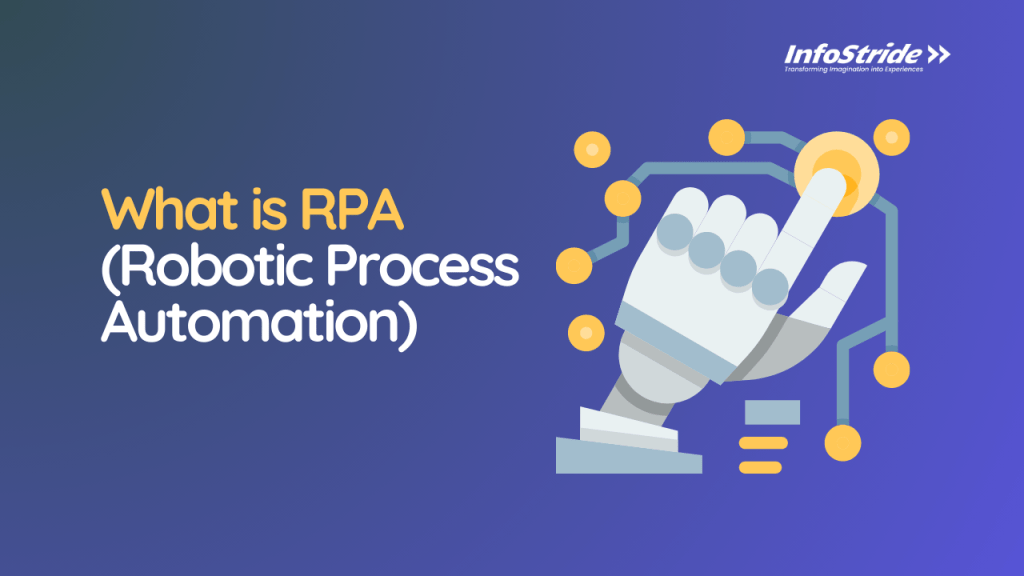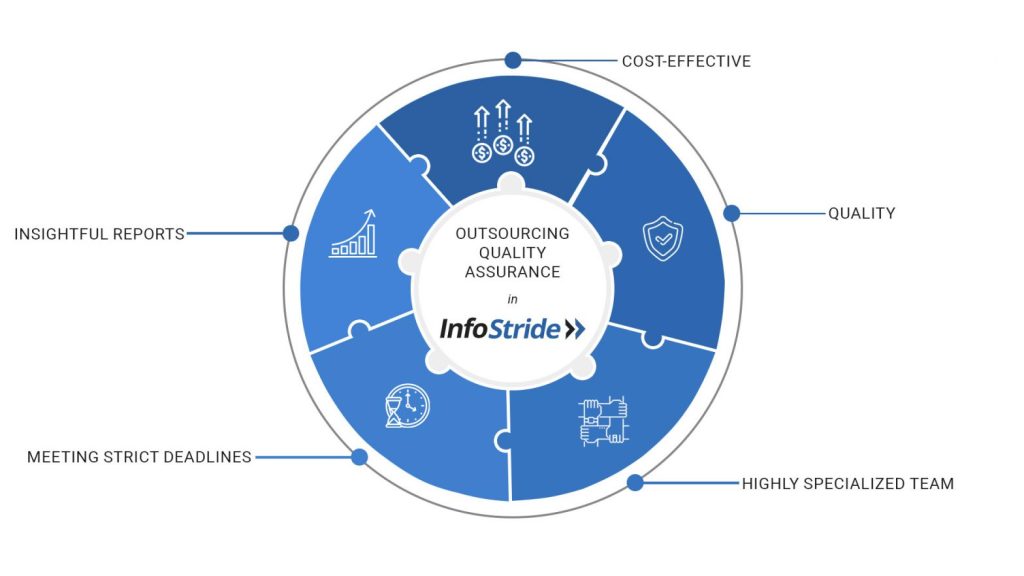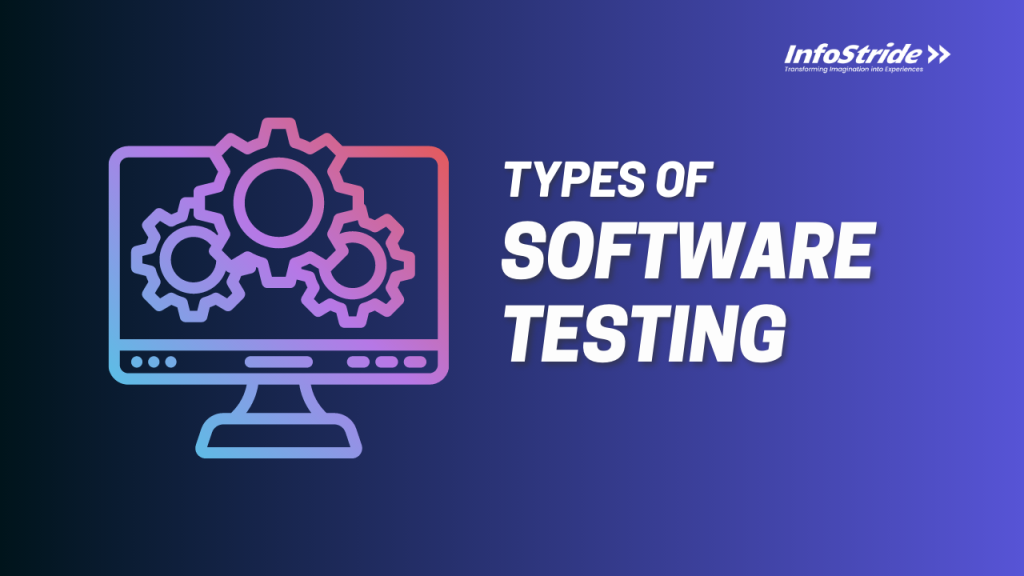The global food delivery market is thriving, projected to reach $223.7 billion by 2027, driven by the increasing demand for convenience and the rapid adoption of digital platforms. Among the key players revolutionizing this space is Just Eat, a pioneer that has reshaped how consumers interact with their favorite restaurants. With its innovative business model, Just Eat has carved a niche in the competitive food delivery landscape, offering a seamless and efficient platform for both users and restaurant partners.
For entrepreneurs and businesses looking to make their mark in the food delivery industry, understanding Just Eat’s business model provides invaluable insights. This blog delves into the operational strategies, revenue streams, and success factors behind Just Eat, serving as a guide for building similar platforms and capitalizing on the booming demand for on-demand food delivery services.
What is Just Eat?

Just Eat is a leading online food delivery platform that connects customers with their favorite local restaurants through a seamless digital experience. Founded in 2001 in Denmark, the platform operates on a marketplace model, acting as an intermediary between restaurants and customers. By enabling users to browse menus, place orders, and enjoy doorstep delivery with just a few clicks, Just Eat has revolutionized the food delivery landscape, making it more accessible and efficient than ever before.
Today, Just Eat boasts a massive global presence, operating in over 20 countries and serving millions of customers daily. In 2022, the platform processed over 1 billion orders worldwide, underscoring its dominance in the food delivery market. Its success lies in its ability to cater to diverse customer needs while empowering restaurants to expand their reach and streamline operations through a robust and scalable digital solution.
Just Eat Business Model Explained
Marketplace Model
At the heart of Just Eat’s operations lies a marketplace model, which functions as a digital bridge connecting restaurants with customers. Unlike platforms that handle the entire delivery process in-house, Just Eat primarily focuses on providing an online platform for restaurants to list their offerings and for customers to place orders. This approach minimizes the need for the company to maintain a delivery fleet or manage inventory, making it a scalable and cost-effective model.
Key features of Just Eat’s marketplace model include:
- Restaurant Partnerships: Just Eat collaborates with a vast network of restaurants, enabling them to reach a wider audience through its platform. This partnership model benefits small and large businesses alike, allowing restaurants to focus on food preparation while Just Eat manages the digital infrastructure.
- Convenience for Customers: Customers can browse menus, place orders, and track deliveries in real-time—all through a user-friendly app or website. The platform caters to diverse tastes and preferences, offering everything from local favorites to international cuisines.
- Commission-Based Revenue: Just Eat earns by charging restaurants a commission fee for every order placed through the platform, creating a win-win scenario where both parties benefit as order volumes grow.
This model has allowed Just Eat to scale rapidly across markets, keeping its operations lean while ensuring value for both restaurants and customers.
Revenue Streams
Just Eat’s business model incorporates multiple revenue streams, making it a financially robust platform:
- Commission Fees from Restaurants: The primary source of revenue for Just Eat comes from charging partner restaurants a commission on each order placed through its platform. This fee typically ranges from 10% to 15% of the order value, providing a consistent income stream tied directly to order volume.
- Delivery Fees from Customers: In some markets, Just Eat charges customers a delivery fee, which varies based on factors like order value, location, and the availability of delivery personnel. This additional revenue helps offset operational costs in areas where Just Eat manages deliveries.
- Upsell or Premium Services: Just Eat offers premium services, such as enhanced visibility for restaurants through sponsored listings and targeted promotions. These upsell opportunities create an additional revenue layer while helping partner restaurants attract more customers.
By diversifying its revenue sources, Just Eat ensures financial sustainability while offering flexibility to both restaurants and customers.
Operational Strategy
Just Eat’s operational efficiency is powered by its strategic use of technology and partnerships:
- Role of Technology: The platform uses sophisticated algorithms and data analytics to optimize order processing, route planning, and customer recommendations. Real-time tracking and user-friendly interfaces ensure a seamless experience for customers and restaurants alike.
- Restaurant and Delivery Partnerships: While Just Eat originally relied solely on restaurant delivery services, it has evolved to include hybrid models in some markets, managing its own delivery personnel for enhanced service. By maintaining strong partnerships with restaurants and selectively handling deliveries, Just Eat strikes a balance between scalability and control over the customer experience.
This operational strategy not only boosts customer satisfaction but also ensures that Just Eat remains competitive in an ever-evolving food delivery market.
Key Features and Technology Behind Just Eat
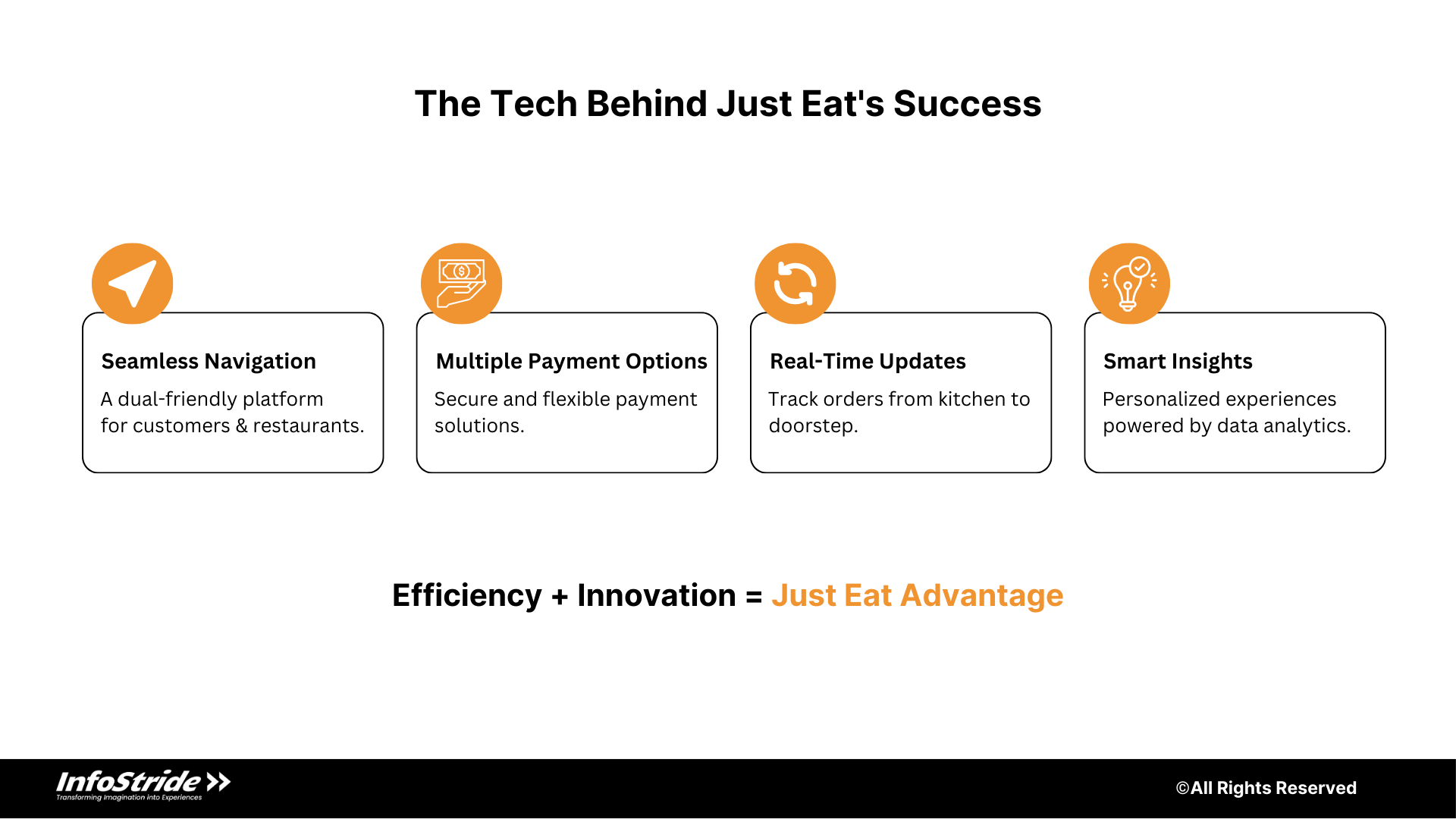
The success of Just Eat is underpinned by its robust platform, designed to deliver a seamless experience for customers and restaurants alike. Here are the key features and technological innovations that make Just Eat a market leader:
User-Friendly App Interface
Just Eat’s intuitive app and website interfaces cater to both customers and restaurant partners. Customers can effortlessly browse menus, customize their orders, and make payments, while restaurants benefit from easy-to-use dashboards to manage incoming orders and update their listings. This dual-sided simplicity ensures smooth interactions and high user satisfaction.
Integration of Payment Systems
The platform supports multiple secure payment options, including credit cards, digital wallets, and, in some regions, cash on delivery. By offering flexible payment methods, Just Eat caters to a wide audience, enhancing its accessibility and convenience.
Real-Time Tracking and Order Management
A standout feature of Just Eat is its real-time tracking system, which allows customers to monitor their orders from placement to delivery. For restaurants, the platform offers efficient order management tools that streamline operations, ensuring accurate preparation and timely handovers to delivery personnel.
Use of Data Analytics for Personalized User Experiences
Just Eat leverages advanced data analytics to understand customer preferences and purchasing behavior. This data is used to provide personalized recommendations, targeted promotions, and loyalty rewards, creating a tailored experience that keeps customers coming back.
By combining these features with cutting-edge technology, Just Eat continues to set benchmarks for efficiency and innovation in the food delivery industry.
Why is Just Eat’s Model Successful?
The success of Just Eat can be attributed to its strategic approach to scalability, cost management, and customer engagement. Here’s a closer look at the factors that set it apart:
Focus on Scalability and Low Operational Costs
Just Eat’s marketplace model inherently supports scalability. By acting as an intermediary rather than managing a full-fledged delivery fleet or inventory, the platform minimizes overhead costs. This lean operational structure enables Just Eat to expand into new markets efficiently while maintaining profitability.
Leverage of the Marketplace Model
One of the most significant advantages of the marketplace model is its ability to minimize ownership of physical assets like inventory or delivery vehicles. Instead of bearing the financial and logistical burdens associated with these, Just Eat relies on its partner restaurants and, in some cases, third-party delivery services. This flexibility allows the platform to scale its services without significant investments in infrastructure.
Efficient Customer Acquisition and Retention Strategies
Just Eat has mastered the art of attracting and retaining customers through a mix of technology, convenience, and targeted marketing. Its user-friendly platform, personalized recommendations, and loyalty programs ensure that customers find value in repeated use. Additionally, its collaborations with a wide range of restaurants cater to diverse tastes, ensuring broad appeal across demographics.
These strategic advantages have made Just Eat a leader in the food delivery industry, demonstrating how a well-executed marketplace model can drive growth and profitability in a highly competitive market.
Building a Just Eat Clone: Steps and Costs

If you’re inspired by the success of Just Eat and want to build your own food delivery platform, here’s a step-by-step guide to the process and an overview of the associated costs:
Step-by-Step Process
1. Market Research and Feasibility Study
Start by analyzing your target market, including customer demographics, preferences, and competitive analysis. This research will help identify gaps in the market and refine your unique value proposition.
2. Choosing the Right Business Model
Opting for the marketplace model can be advantageous as it minimizes overhead costs and simplifies logistics. Focus on creating a platform that connects customers and restaurants seamlessly while maintaining flexibility in managing deliveries.
3. Development Stages
- MVP Development: Begin with a Minimum Viable Product (MVP) to validate your idea. Include core features like restaurant listings, order placement, and payment integration to attract early adopters.
- Full-Scale Product: After validating the MVP, expand with additional features such as real-time tracking, personalized recommendations, and loyalty programs to enhance user experience.
- Scaling: Leverage customer feedback and data analytics to scale your operations and introduce advanced functionalities, such as AI-driven insights and automation tools.
4. Marketing and Customer Engagement Strategies
Develop a strong marketing strategy to attract users, including social media campaigns, referral programs, and promotional offers. Customer retention can be enhanced through loyalty programs, push notifications, and personalized discounts.
Cost Considerations
The cost of building a Just Eat clone depends on factors such as features, platform complexity, and development resources. Here’s an overview:
- Development Costs: The cost of developing a food delivery app can range from $20,000 to $100,000 or more, depending on the scope of the project.
- MVP Development Services: Opting for affordable MVP development services helps reduce initial costs while allowing you to launch quickly and test your idea in the market.
- Other Factors: Additional costs may include third-party integrations (e.g., payment gateways), ongoing maintenance, and marketing expenses.
For tailored solutions, partnering with a reliable food delivery app development company ensures a smooth development process. Whether you’re building an app from scratch or refining an existing platform, understanding the nuances of food delivery app development costs is crucial to budgeting effectively.
Looking for an on-demand solution? Explore our expertise in on-demand food delivery app development to bring your vision to life efficiently and affordably.
Challenges in Adopting the Just Eat Business Model
While the Just Eat business model has proven to be successful, aspiring entrepreneurs looking to replicate it must navigate several challenges:
Competition and Customer Loyalty in the Food Delivery Space
The food delivery industry is highly competitive, with numerous players vying for market share. Established platforms like Uber Eats, DoorDash, and Deliveroo already dominate various regions, making it difficult for new entrants to carve out a niche. Building customer loyalty in such a crowded market requires significant investment in marketing, superior user experience, and competitive pricing strategies.
Managing Delivery Logistics and Restaurant Partnerships
Even with a marketplace model that minimizes logistics ownership, managing delivery can be complex. In markets where restaurants rely on Just Eat for deliveries, ensuring timely service without owning a dedicated fleet requires efficient partnerships with third-party delivery providers. Similarly, maintaining strong relationships with restaurant partners is essential to ensure quality offerings and a reliable supply chain.
Regulatory and Operational Challenges
Food delivery platforms face numerous regulatory hurdles, including compliance with labor laws, data privacy regulations, and food safety standards. Additionally, operational challenges such as fluctuating demand, managing peak hours, and handling customer complaints require robust systems and processes.
Navigating these challenges is essential for businesses looking to adopt the Just Eat model. A well-planned strategy, combined with innovative solutions, can help overcome these barriers and achieve long-term success in the competitive food delivery market.
How InfoStride Can Help
At InfoStride, we specialize in helping businesses bring their food delivery app ideas to life. With our extensive experience in app development and a deep understanding of the food delivery ecosystem, we provide tailored solutions that meet your unique needs.
Whether you’re looking to create an MVP to test your concept or build a full-scale platform like Just Eat, we have you covered. Our MVP development services enable you to launch quickly while minimizing risks. For those aiming to create an advanced platform, we offer end-to-end support to build an app like Uber Eats with features and functionality that stand out in a competitive market.
Partner with InfoStride to turn your vision into reality with reliable, scalable, and cost-effective solutions.
